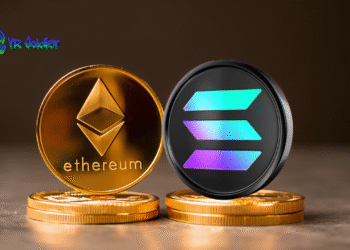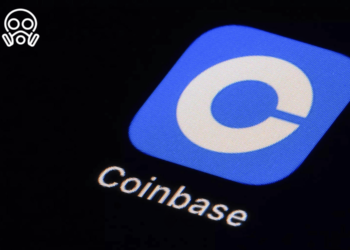One of the main drawbacks about the HTC VIve is its requirement to be tethered to a computer. Getting tangled up in cables while immersing oneself in VR is not pleasant. Luckily, the company has come up with a wireless solution. TPCast has created a tetherless device which will be sold come October 31st. It is already available in Asia, but the rest of the world has to wait a while longer, unfortunately. Pricing is expected to be around $349 for the US and 349 EUR for Europe.
Wireless HTC Vive Gaming is Within Reach
A lot of HTC Vive enthusiasts have been waiting to cut the cord. More specifically, the tether connecting their VR headset to the computer. As most VR games require a lot of room to move around, being tethered to a computer causes friction. Moreover, all of these cables can cause serious injuries to players as well. However, the connection is required as the computer provides the processing power to run VR games and apps.
That situation is finally coming to change. HTC Vive owners across Asia have benefited from this wireless solution for some time now. The rest of the world will soon be able to get their hands on it as well. TPCast has created a tool to disconnect the tether from one’s PC. The product will be released in different European countries. The price is 349 EUR for European customers, whereas the US will pay around $349. This module is a major development in the world of VR game, to say the least.
HTC presented the TPCast module late last year. At that time, the goal was to only release it in Asia. However, after a few months, those goals have now been adjusted. A worldwide release is on the horizon, starting on October 31st. It is certainly possible there will be a large backlog of orders to contend with, though. Most owners of this VR headset have been asking for a wireless solution all throughout 2017.Their prayers have finally been heard, even though the module isn’t cheap by any means.
Do keep in mind this TPCast module doesn’t eliminate the requirement of a powerful gaming PC. It merely transmits the signal from the PC to your headset in a wireless manner. Initial tests indicate there should be no noticeable latency whatsoever. Both transmitter and receiver operate on the 60GHZ frequency. This means they can stream and receive data at speeds up to 7 Gbit/second. That should be more than sufficient to allow for a flawless VR experience.
If you liked this article make sure to follow us on twitter @thevrbase and subscribe to our newsletter to stay up to date with the latest VR trends and news.










